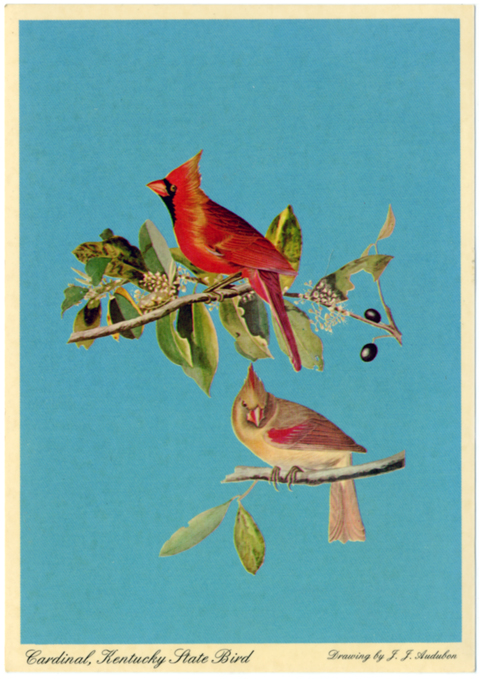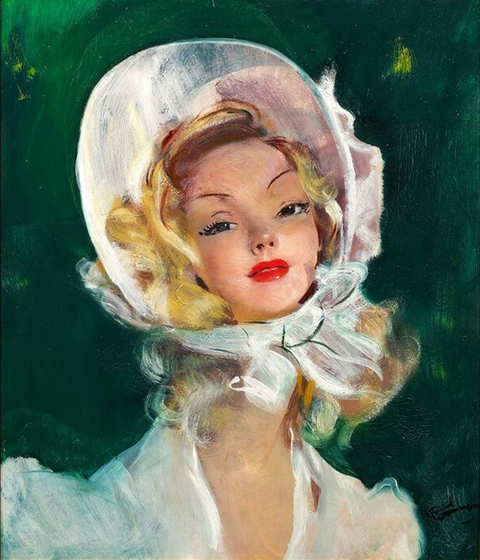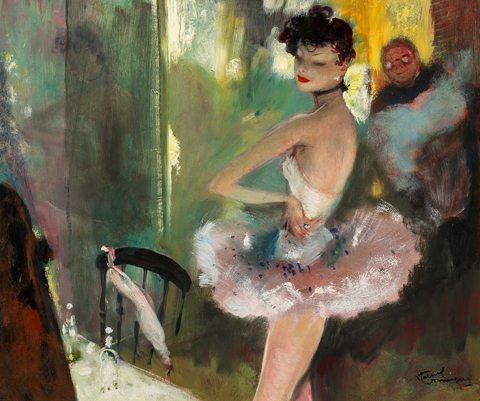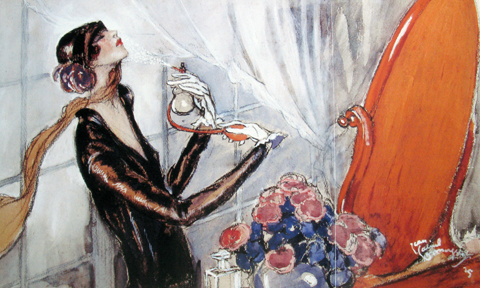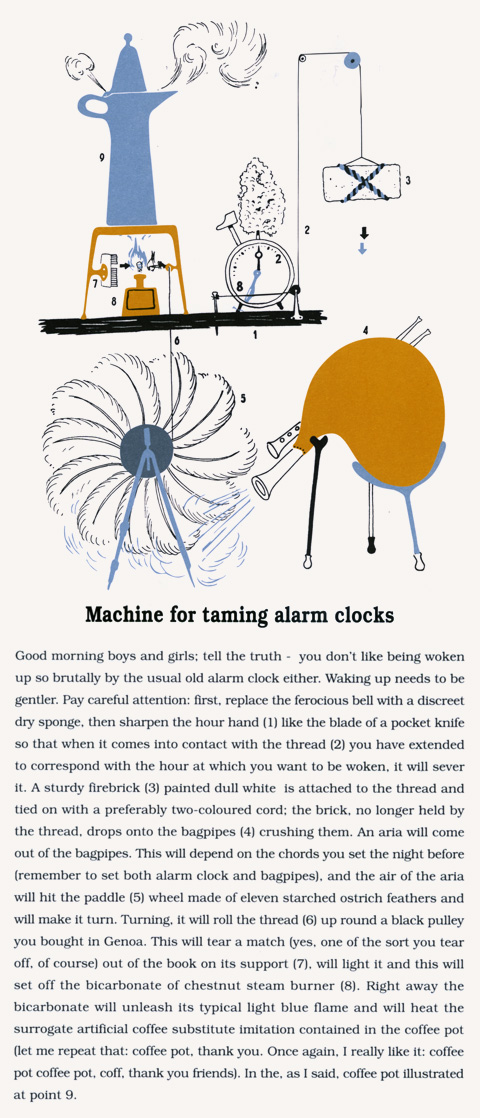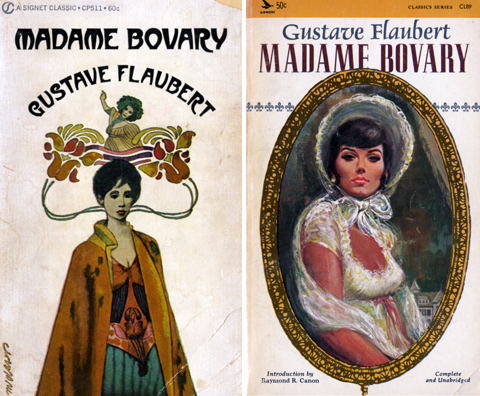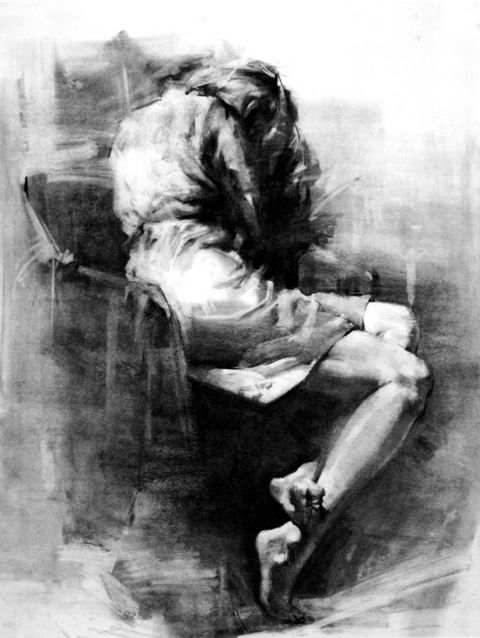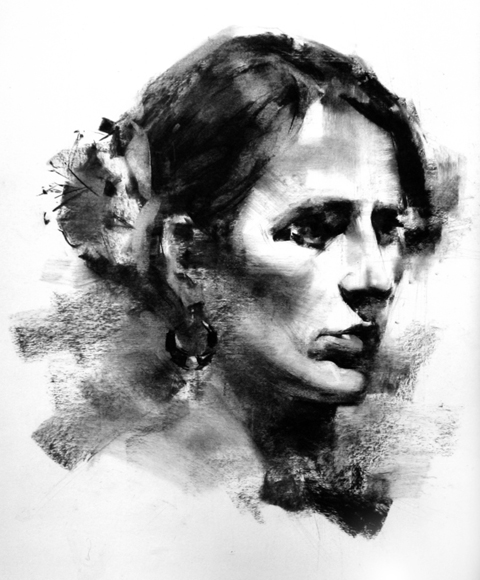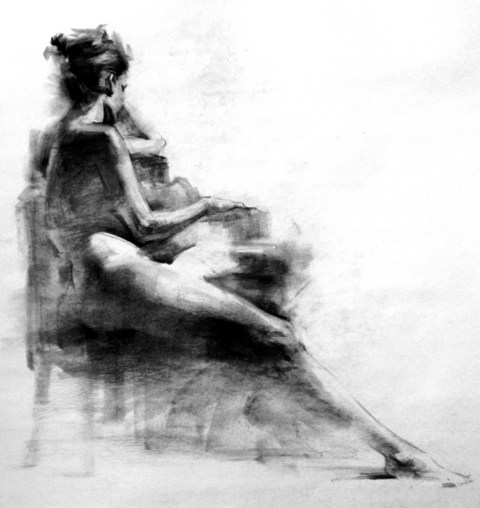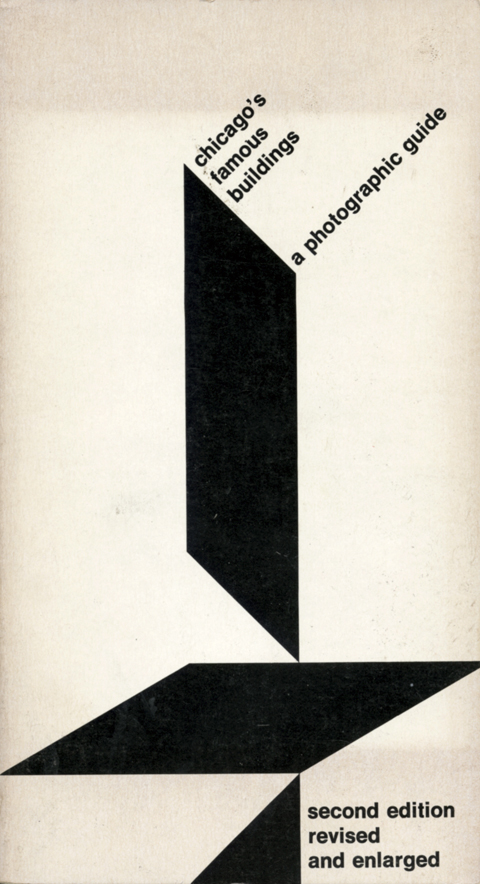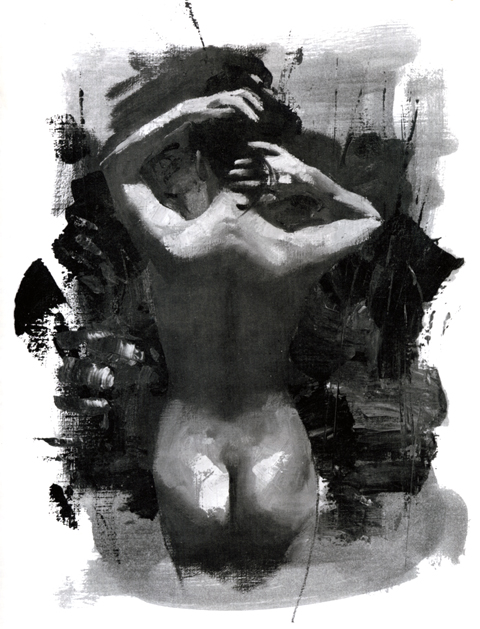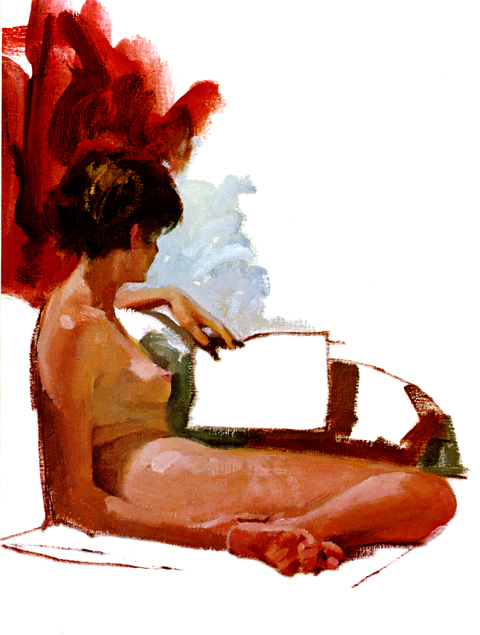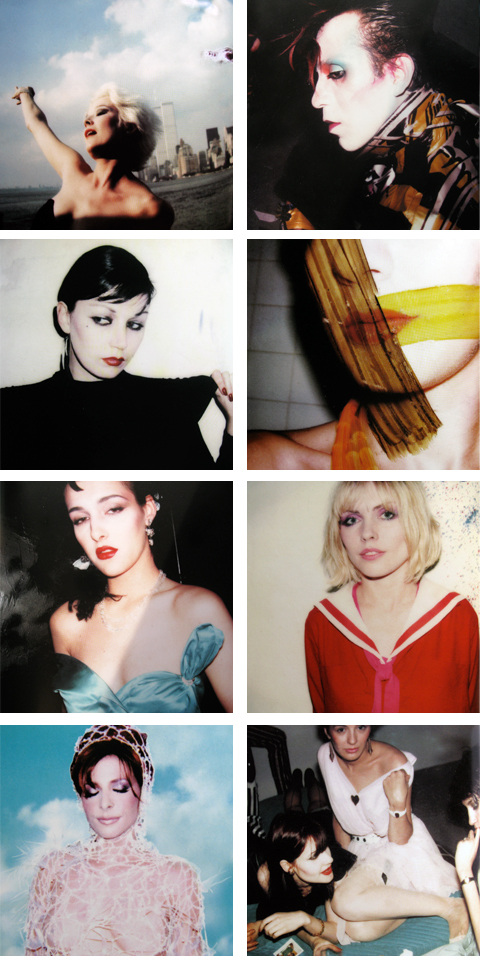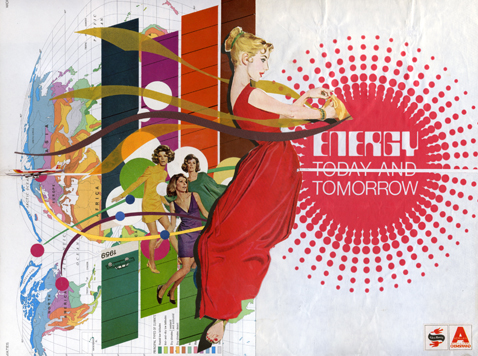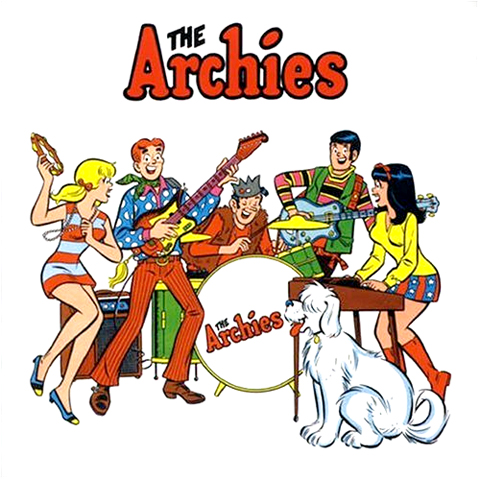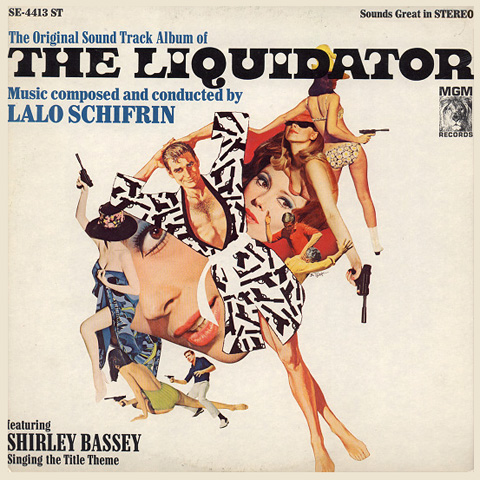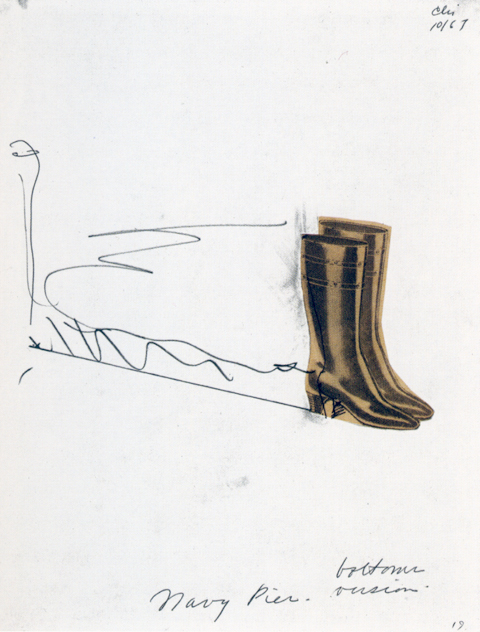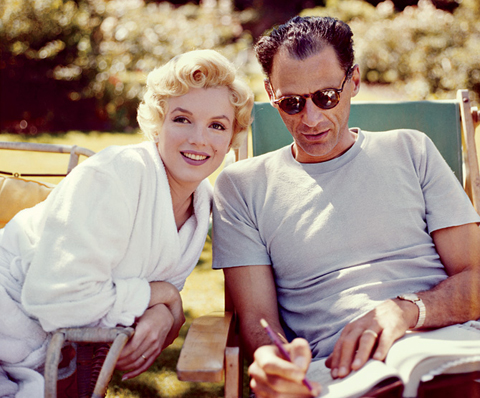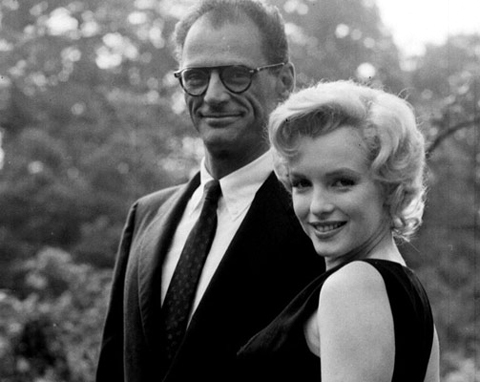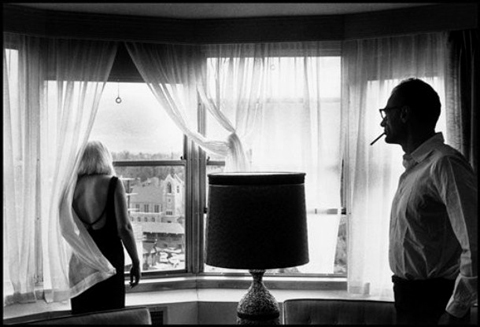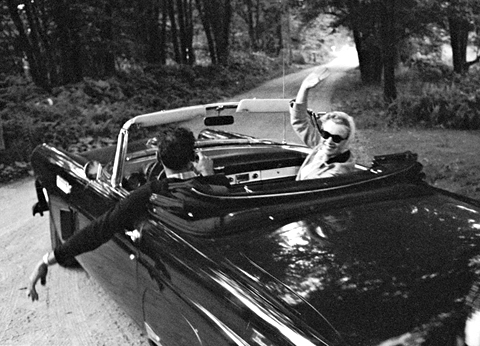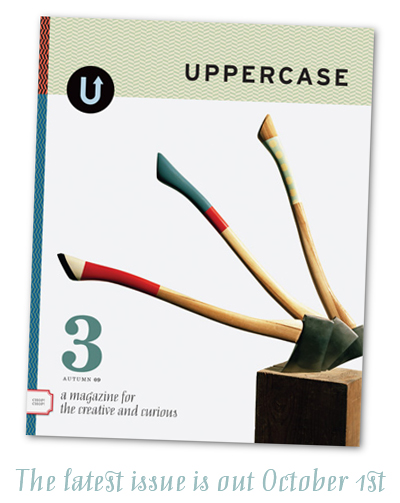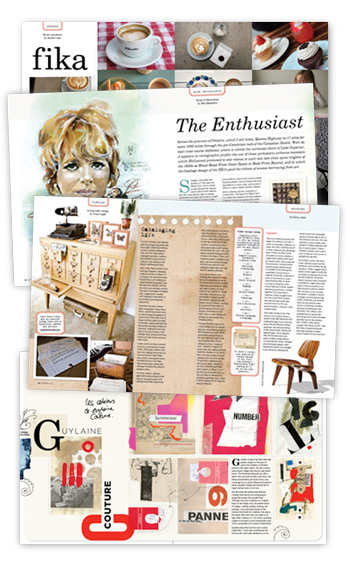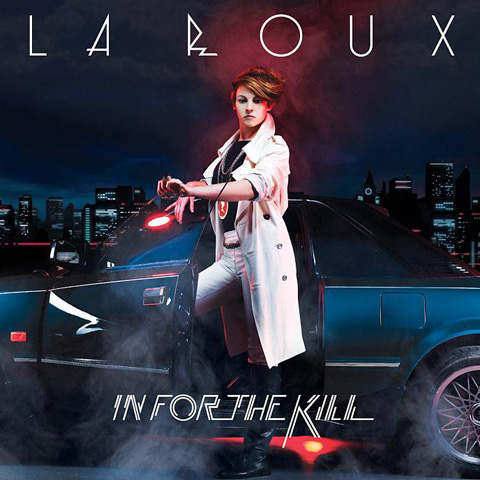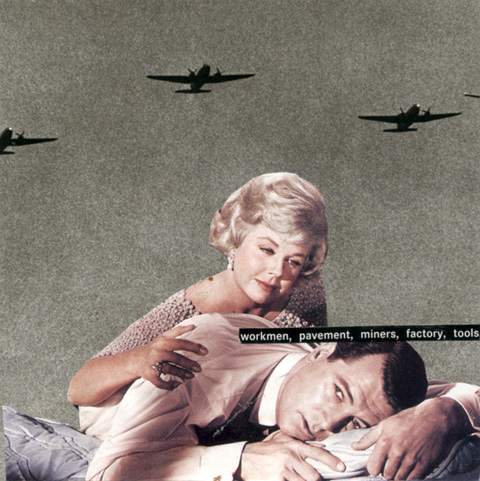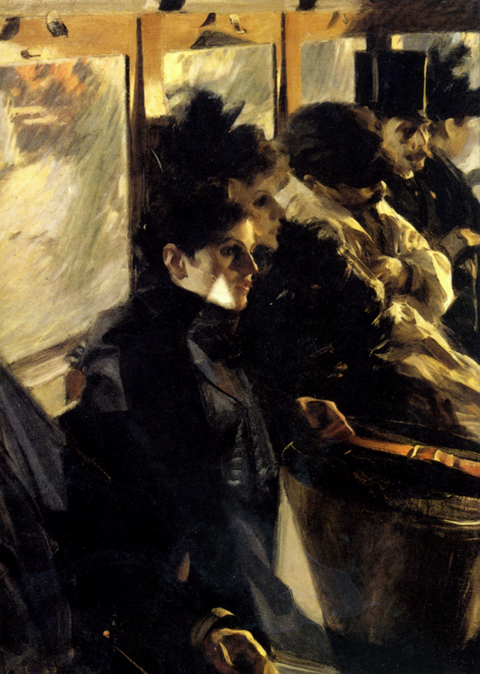
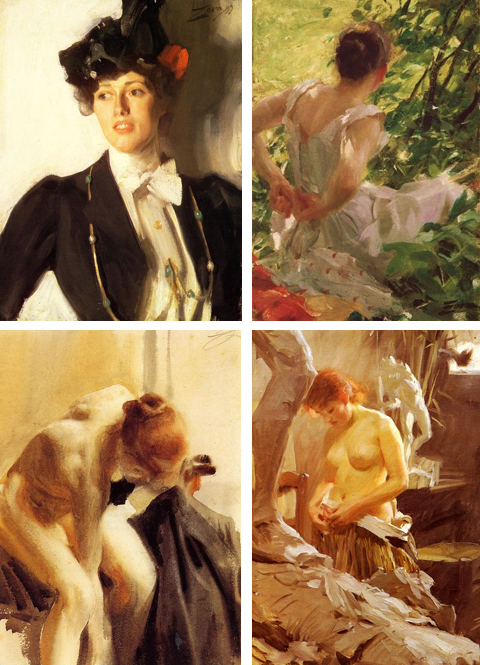
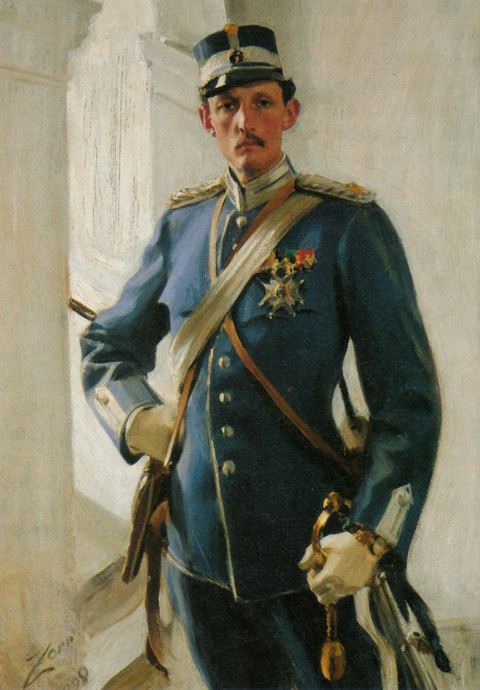
While visiting the Isabella Stewart Gardner Museum in Boston, I had my socks knocked off by The Omnibus (top), by Swedish painter Anders Zorn. Hung on a spur wall by a window, the large, imposing work exhibited the same bravura brushwork you get from John Singer Sargent – impressionism, expressionism, and realism in equal measure in each stroke. Something about the black and ochre color, though, and the stark severe angularity of the sunlight reflection lent the piece a modern, edgy, cold tone.
Anders was part of a circle of artists close to Isabella Gardner- others included Sargent, James McNeill Whistler, and Henry James. His work peppered the rest of the collection – small oil sketches and a series of vigorous etchings whose line work recalled that of Charles Dana Gibson’s society drawings. All beautiful.
Biographically he’s basically a Swedish Sargent – He grew wealthy and famous internationally based on his portraiture and is considered a superlative realist painter and cornerstone of his nation’s art. Oh, at 29, he was made Chevalier of the Légion d’honneur at the Exposition Universelle 1889 Paris World Fair. (Honestly, I just pasted that sentence straight from the Wikipedia entry because its so ridiculously laden with pomp. Let’s looks at that again: Chevalier of the Légion d’honneur at the Exposition Universelle 1889 Paris World Fair. I would love to make a cocktail out of that sentence…)
